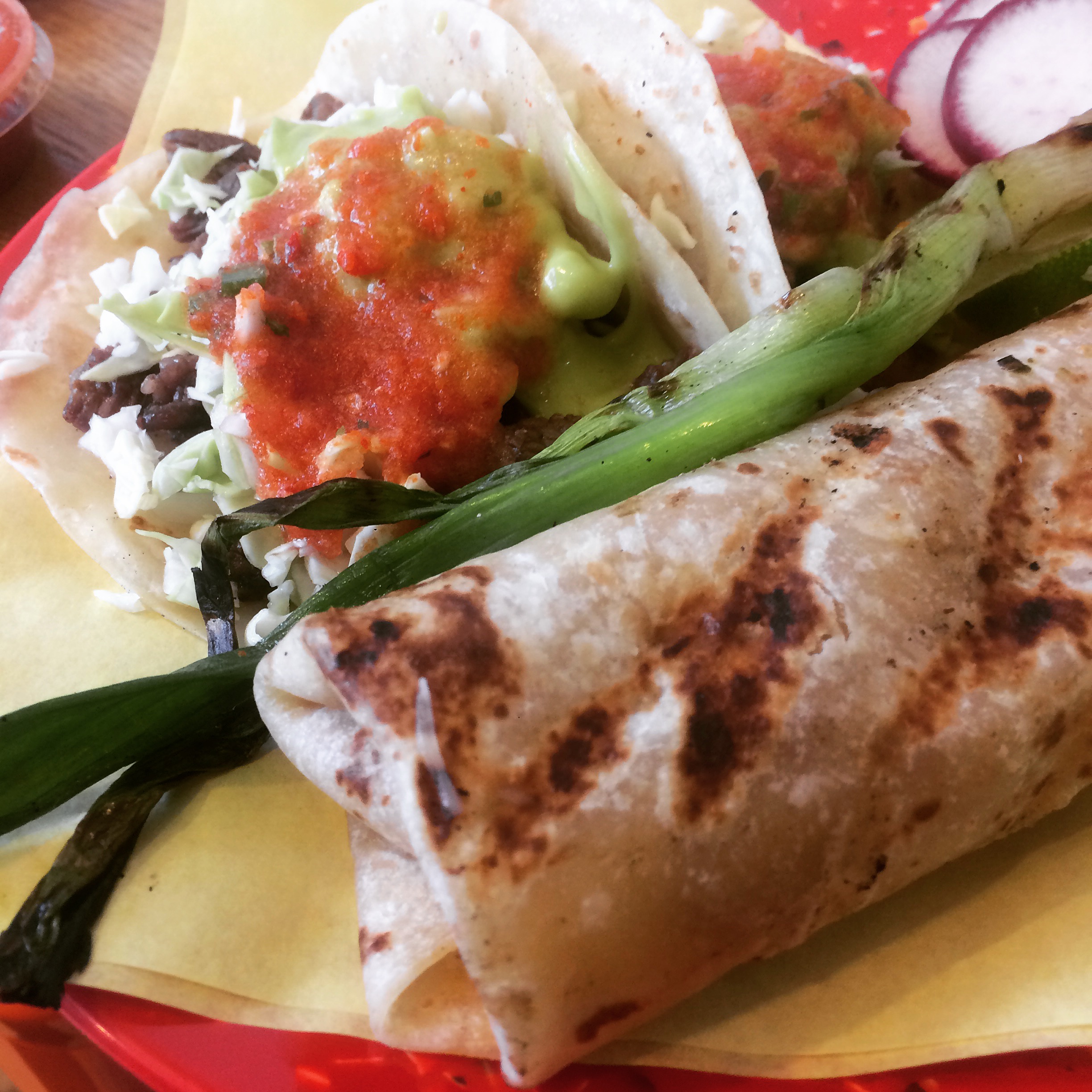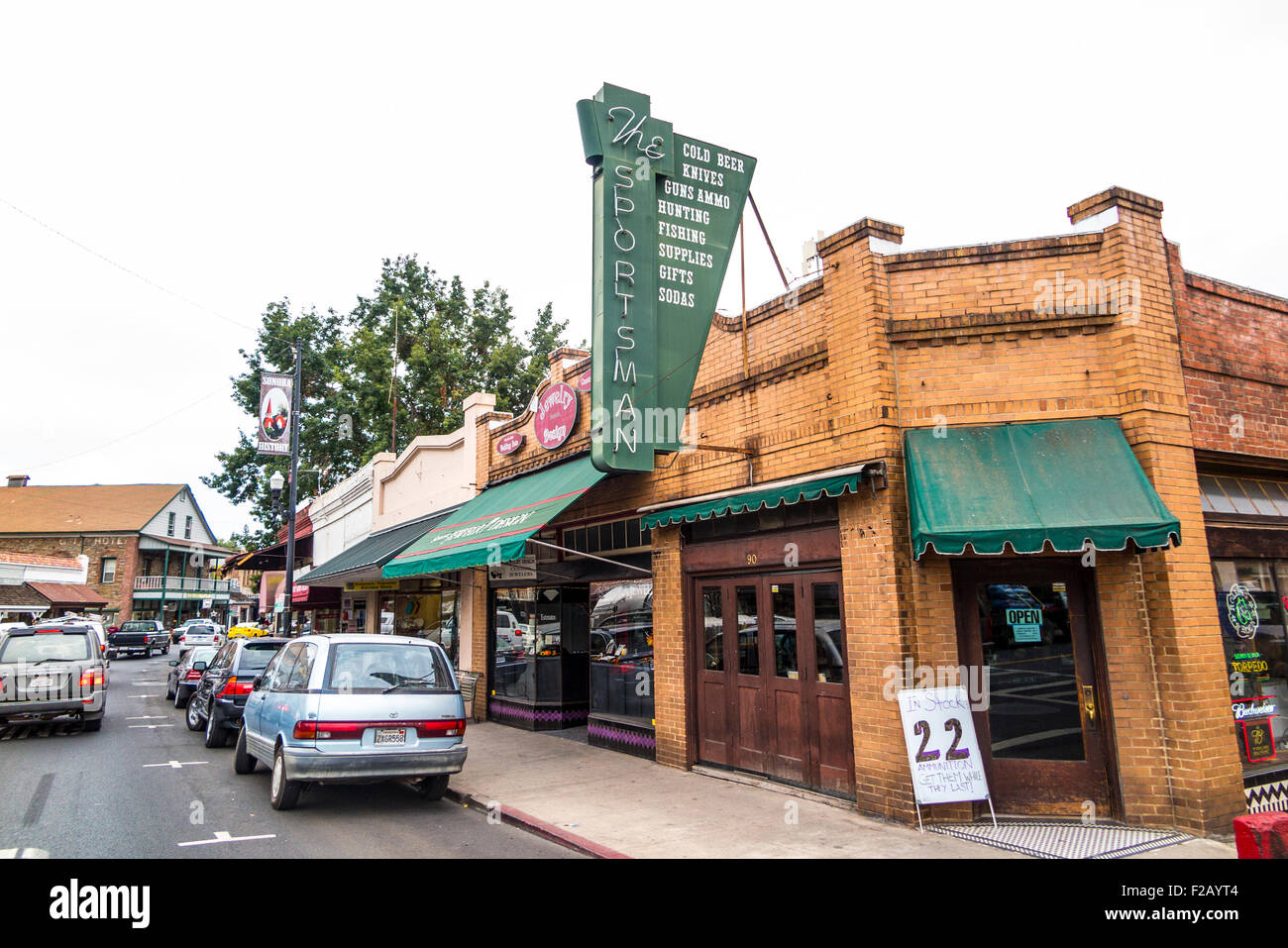
Their parking lot next to the restaurant has been watched by congenial Security Officer E. Notice on the picture's right side at the rear of CBS that the lit Philippe's sign is visible (Click to zoom in)ĬBS Seafood Restaurant opened in 1999. Both stores were listed as recent as in the 1973 city directory.) Today, both units house the CBS Seafood Restaurant. (My parents regularly frequented these markets in the 1960s. Wai Sang Meat Company (700 Spring) and Kwong Dack Wo Company (702 Spring) were meat and grocery markets respectively. These stores were situated adjacent to China City (to be discussed below.) These businesses did not cater to the tourist. This location was several blocks away from the central plaza. The architectural layout and facades have basically not changed all these years.Īlso in 1938 two Chinese businesses appeared in that year's city directory listed at 700 and 701 North Spring Street near Ord. New Chinatown opened June 26, 1938, and it was anchored by a central pedestrian plaza on Broadway north of College Street. The Chinese American community found a new core location when its leaders managed to strike a deal and acquired vacant land owned by the Santa Fe Railroad. Italians also settled in this neighborhood. Later in this blog post two other nearby streets will be covered: Ord Street (formerly Alta, then Walters Street), and North Spring Street (originally called Street of the Maids, then changed to Upper Main in the 19th century, then was known as San Fernando by 1897.) From the 19th century into the early 20th, these three streets were known as a part of Sonoratown for its Mexican residents. See further below for a discussion on early Chinese areas outside of Old Chinatown. The Chinese community was victim to the most violent event in the young city's history during the Chinese Massacre on October 24, 1871.Ī study of Dakin's fire insurance atlas for the year 1888 discloses that Chinese businesses and rooming houses existed outside of Chinatown proper, namely by New High Street (Calle Alta was the earlier name). Men found new work and eked out their living in such occupations as vegetable peddler. By 1942 the streets and alleyways erased included Apablasa, Cayetano, Juan, Marchessault and Napier Streets.Įarly Chinese residents settled in Los Angeles after the completion of the transcontinental railroad in 1869. The Union Passenger Terminal or Union Station was eventually built on the cleared land, and the first train arrived in May of 1939.

Legal challenges against the destruction only postponed the inevitable. The obliteration of Old Chinatown, near Alameda and Aliso Streets, began on a Friday morning, December 22nd of 1933. (Not that my family ever dined at the Mandarin - we only ate Cantonese cuisine - I didn't experience Mandarin-style food until the 1980s in Monterey Park.)įurther up on the same street was a meat market, Sam Sing Company at 680 North Spring Street.ĭespite the lack of exoticism along these parts, the area's colorful history more than makes up.

At the far right of the picture was Sing Lee Theatre (established about 1963) at 649 North Spring Street. Image courtesy Seaver Center for Western History ResearchĪbove shows the Mandarin Restaurant at 643 North Spring Street. Our family's weekly destination to shop and eat meant heading to the outskirt around New High, Ord and Spring Streets. Rather, the places remembered from the 1960s were plain with storefronts nondescript compared to the central plaza.

Memories of visiting Chinatown during my youth conjure up not curio shops, nor restaurants with names like Forbidden Palace, nor of walking through Gin Ling Way, Chung King Road, or Bamboo Lane.


 0 kommentar(er)
0 kommentar(er)
